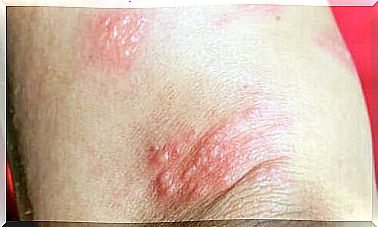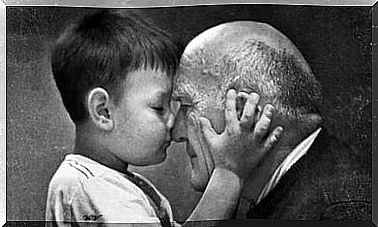How To Recognize The Type Of A Mole
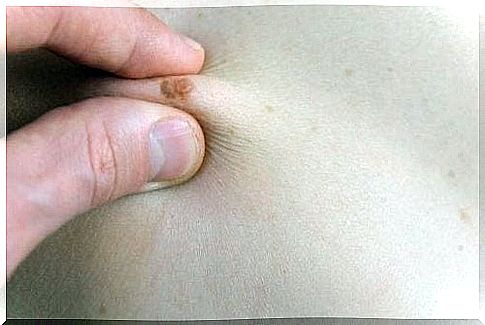
A mole, or its scientific name melanocytic nevus, is a spot on the skin that comes in all shapes and tones and that every human being has. Although the shape and color often differ, it is important that you recognize the different types of moles. Not all of them are benign.
At birth , a child has about 10 moles, which are relatively few. People with a lighter skin color are more likely to have moles.
A mole can enlarge, change or even disappear. It all depends on care, genetic factors and changes in your health. This is because moles are theoretically abnormalities of your tissue.
We’ll give you a list below of the different types of moles and how to spot them. This way you can start taking care of your child’s skin early on. You can also tell him or her to let you know when they notice a change in their skin.
Types of moles: how to recognize them
There are several things you need to know about moles before you can evaluate their physical characteristics. A healthy mole has no symptoms. This means they don’t itch, burn, or swell, and there’s no pus coming out. In addition, the skin around it does not turn red or pale.
This is the most important description of a healthy mole. This can help you recognize when your child’s skin has an abnormality. Now let’s focus on the shape and color of a mole.
The shape of a birthmark
Birthmarks are round with defined edges, but can also be oval. They do not exceed 5 millimeters in width and the maximum size is comparable to the eraser of a pencil.
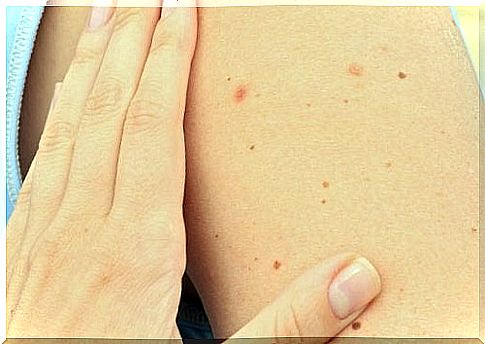
There are two different types of moles when we look at the shape: smooth, which is the most common, and moles with a raised. It is generally believed that a mole hides a melanoma when it is elevated or growing. However, this is not true.
However, if there is an abnormal mole, it may have a different shape. That’s why you need to see a dermatologist to find out if it’s benign.
A mole should not be removed or touched unless it itches, stings, or oozes pus. In any case, it must be an expert who performs this procedure.
The color of a birthmark
In general, the color of a mole is brown, but there are also black, blue and red moles. This includes the cherry angioma.
The color of a mole can also indicate an abnormality. However, just as we just mentioned, if no symptoms show up, don’t worry.
A person’s skin color is related to the color of a mole. Apparently, white and blond people have moles that are pink or light brown. People with dark hair or skin have dark brown or black moles.
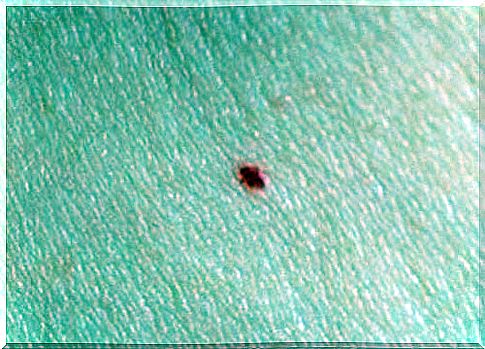
How do you recognize abnormalities of a birthmark
It almost never happens that a mole changes into a melanoma.
It is also true that certain individuals are more susceptible to this condition than others. These are mainly people with very fair skin, people who sunbathe without sunscreen and people who have more than 50 moles.
While it’s good to recognize changes in your child’s moles, only a dermatologist can determine the exact condition of the mole and tell you how to care for it.
If your child has more than 10 moles, take him or her to the doctor for a check-up.
Finally, we mention again that in most cases the moles of children are benign. However, changes are directly related to unprotected sunbathing. Protecting and caring for the skin is important to keep your child’s skin healthy.

